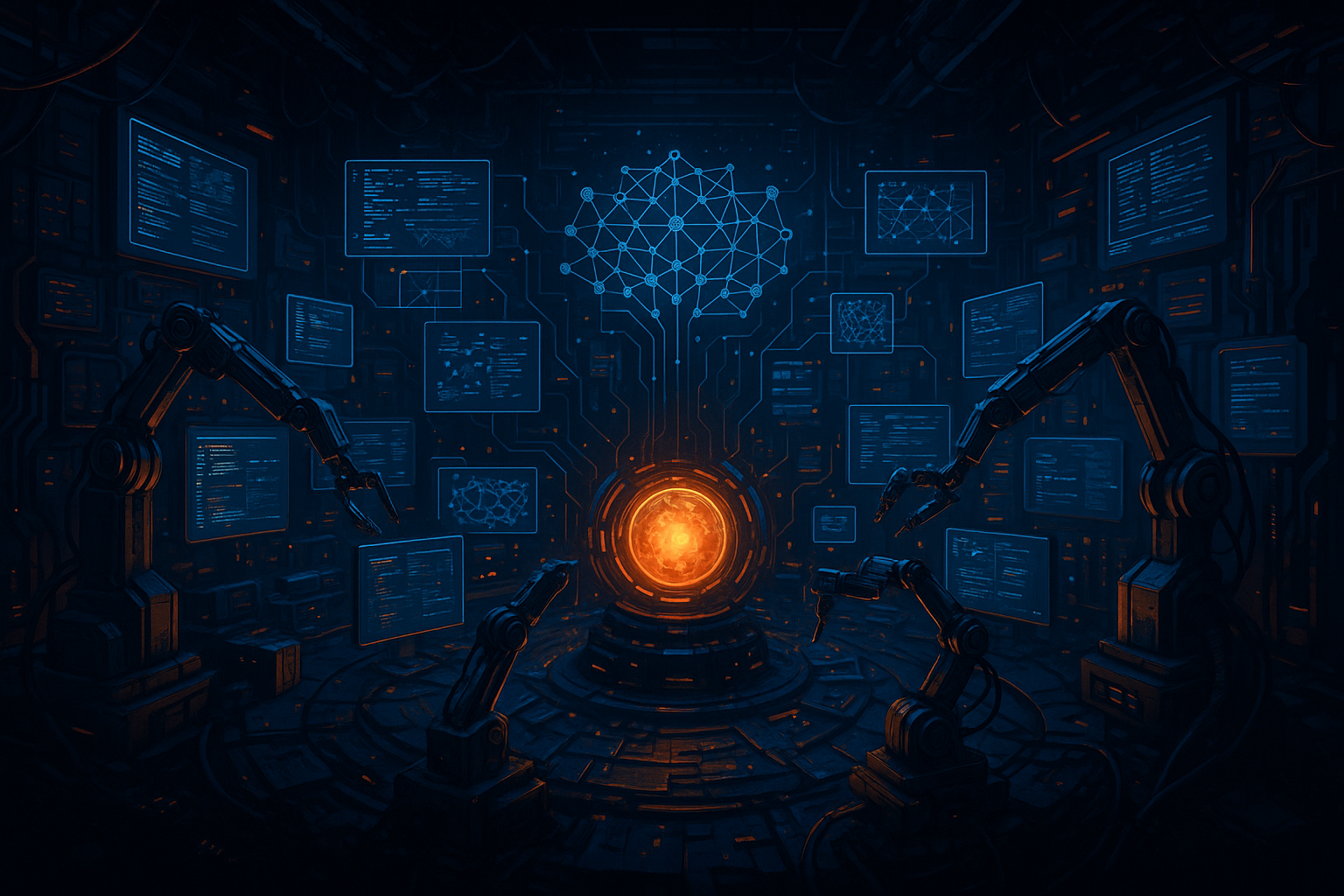Guardian is an AI-first automation framework built for developers who want full control over their own intelligent systems.
Think of it as your own personal “DevOps Engineer meets Research Assistant meets Automation Toolkit.” It’s built with:
- 🔗 Supabase for state and data
- 🧠 Qdrant for vector-based memory
- 🤖 Ollama for local language model reasoning (LLMs)
- ⚙️ A Hono/Express backend server to orchestrate agents and flows
- 🪄 Optional: n8n, Slack, and other services for deeper automation chains
Guardian was designed to run locally first with production-grade extensibility.
🚧 Clone the Starter Repo
To get started:
git clone https://github.com/woodwardstudio/guardian-starter.git
cd guardian-starter
pnpm install
You’ll find:
guardian-starter/
├── backend/ # Hono/Express API
├── agentflow/ # JSON-based flow definitions
├── utilities/ # Helpers like runLLM, embedText, logMemory
├── .env.example # Environment config
Copy .env.example to .env.local and configure:
SUPABASE_URL=http://localhost:54321
SUPABASE_KEY=your-service-role-key
QDRANT_URL=http://localhost:6333
OLLAMA_URL=http://localhost:11434
Start your backend:
pnpm dev
🔁 What Does It Do?
This minimal repo runs a single loop:
- Takes a prompt (hardcoded or passed via API)
- Sends it to Ollama to generate reasoning
- Embeds the result with your embedding service
- Stores that memory in Qdrant
- Optionally logs metadata to Supabase
You can try this right away by hitting:
curl http://localhost:8787/api/thought -d '{"prompt": "What is a semantic vector database?"}'
You’ll get back a response like:
{
"response": "A semantic vector database is a...",
"memory_id": "uuid-here"
}
🔍 What’s Next?
Once the basic memory loop is running, you can:
- Add an AgentFlow JSON to execute multiple steps
- Sync tasks from Supabase and run autonomous agents
- Generate code/tests automatically via codegen agent
- Build a frontend dashboard (like AgentFlowUI)
- Connect n8n, Slack, or other tools


Leave a Reply